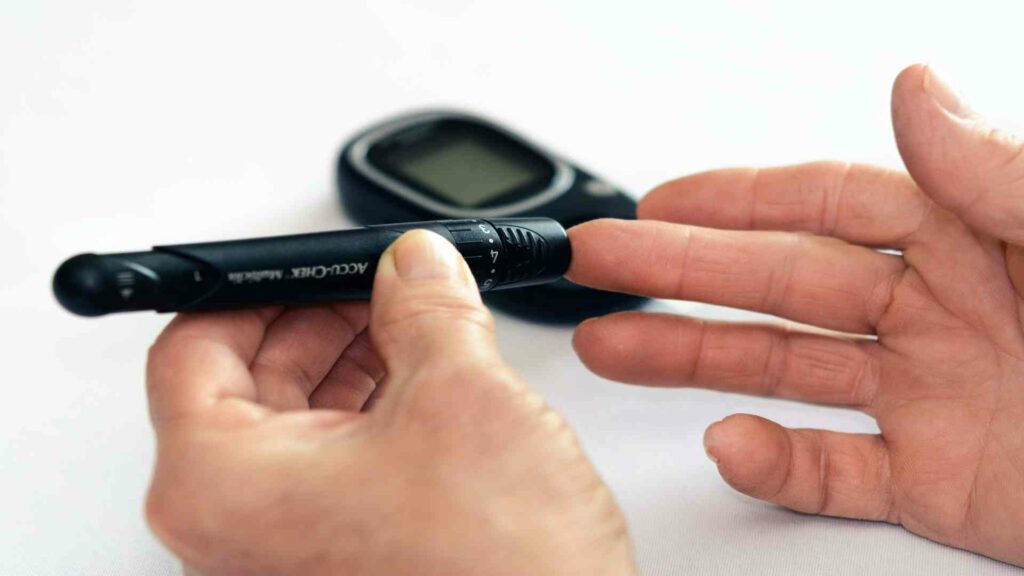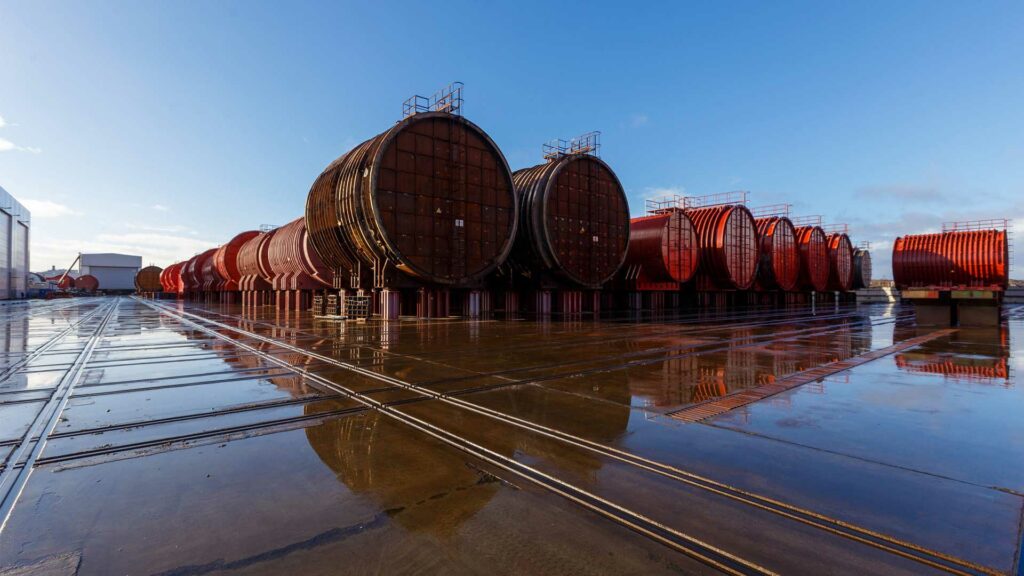What Is Borosilicate glass?
Borosilicate glass is created by mixing boric oxide, silica sand, soda ash, and alumina. Borosilicate melts at a higher temperature than ordinary glasses, so new techniques were required to produce this product. Different methods can be used depending on what you want to create. Still, one commonly used method is floating, which starts with melting together all components in an electric furnace until they fuse into a liquid substance called “glass melt.” The process is differentiated between drawn or blown processes, where molten glass cools as it moves through molds or air streams.
Borosilicate Glass
Borosilicate glass is a heat-resistant material widely used in high-end restaurants, laboratories, and wineries because it can withstand extreme temperature changes. Boron trioxide makes borosilicate so durable that many establishments have been using the product for years to prevent cracking under sudden increases or decreases in temperatures.
Why Choose Borosilicate Glass Over Soda Lime Glass or Regular Glass?
Borosilicate glass is a low-shrinkage form of Pyrex that exhibits excellent strength and stress endurance. Borosilicate glass better disperses heat uniformly due to its optical clarity, whereas ordinary low-expansion glass will become unevenly heated.
In addition, because borosilicate has such high dimensional stability at extremes of temperature, it can be easily formed into cylinders, spheres, and hollow objects without developing microscopic stresses, which are readily detected in more brittle or less expensive materials.
All the benefits of borosilicate make this material cost-effective over other types while having an insignificant effect on the thermal expansion ratio when undergoing heating cycles.
Industrial Applications of Borosilicate Glass
Laboratory glass: Borosilicate glass is a type of high-quality laboratory glassware with “a relatively low coefficient of thermal expansion,” making it appropriate for laboratories. Other properties include resistance to alkali and acid, non-orientability, and excellent chemical stability. This lab glassware is popular for its value when conducting experiments in geochemistry and cosmology.
Packaging of Pharmaceutical and cosmetics products: Pharmaceutical packaging, cosmetics, and more are often packaged in containers made of borosilicate glass. Borosilicate was developed originally for the restaurant trade but quickly found support with hotels and even home products to ensure safe use by consumers. Borosilicate has since become standard across various industries, including medical, chemical processing, pharmaceuticals, plumbing supply distribution, and more. It is an extremely durable material resistant to chemicals on the outside and from within, so it’s perfect for certain pharmaceutical packing where one might be storing acidic or corrosive substances internally and externally.
Lighting bulb or glass: Borosilicate glass is a tough and durable material popularly used in lighting applications. It has a low thermal conductivity which means it can withstand high temperatures without expending more heat to the environment or creating burning sensations on contact like other forms of glass do. it also has high hardness with heavyweight, meaning that any time a load is applied, its strength remains unaffected.
Glass microspheres: The application of borosilicate glass is utilized in Glass microspheres to give a quality you can trust. These innovative products are precision manufactured for reliability and dependability, where the non-porous borosilicate does not react or corrode.
Wind turbine blades: Super-strong, scratch-resistant borosilicate glass is a perfect material for the outer surface of blade blades on wind turbines. It can withstand high winds and rain and has excellent electrical insulation properties, which are important for reducing noise from generator turbine operation.
Printed circuit boards (PCBs): Applications for borosilicate glass in Printed circuit boards (PCBs) include the ability to improve the signal integrity and increase the isolation of high-frequency signals. Borosilicate glass can also provide a robust electrical and mechanical design, resulting in increased reliability and decreased defects during manufacturing and assembly processes.
Airbus: Airbus, a world leader in improving aviation safety and efficiency, has been using borosilicate glass for years. Airbus used borosilicate glass in the body of windscreens, the visor, which protects pilots from outside objects entering their field of vision while navigating take-off or landing, as lightweight parts of fuselage frames.
Fiberglass pipes and tanks: Fiberglass pipes and tanks have a fragile and unstable material. They cannot just be used directly as they are with metals or other materials. There is always a risk of breaking due to the material’s property. On the other hand, Borosilicate glass has properties that make it appropriate for use in Fiberglass pipes and tanks because of its transparency, durability, resistance to heat, acid resistance, chemical stability, high melting point, etc.
Glass beads: The ultimate obstacle to Glass beads achieving a bright and durable gloss finish is in the application stage. Glass beads are well-suited for the interior. Still, any exterior work should be completed with borosilicate glass. Tough enough to withstand outdoor conditions while providing a beautiful clear, glossy sheen, borosilicate glass is your best option if you want long-lasting, high-quality results.
Display screens (Cell phones, Tablets, and Television): Borosilicate glass provides resilience against thermal shock and chemical corrosion, coupled with excellent optical clarity. Suitable for applications where high transmittance of light is a requirement, borosilicate display screens are ideal for TVs, tablets, and cell phones.
Ovenware, tableware, and microwave dishes: As the second-most abundant element in the earth’s crust, borosilicate glass is an excellent material for a wide range of consumer products. It has higher durability and greater bio-compatibility than traditional soda-lime glassware; this makes it a better option for cooking and baking applications. Ergonomic features include heat dispersion from hot oven dishes to be more uniform in all parts of the dish or pot, making cooking safer.
Final Words
The glassware industry has traditionally used soda-lime glass, which is not as durable and can more easily break. Borosilicate glasses are stronger than regular glass products, and that’s why they’re often seen in the kitchen or laboratory setting. They also have a variety of industrial applications because their strength does not change over time, making them an ideal material for use with corrosive chemicals like sulfuric acid. Borosilicate glass is better for several reasons. It’s more durable, won’t break as easily, and it can withstand higher temperatures without breaking down.





